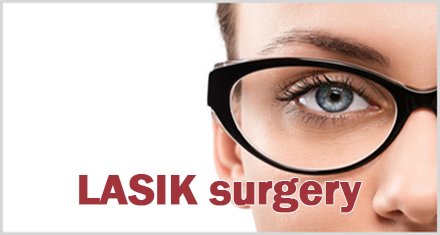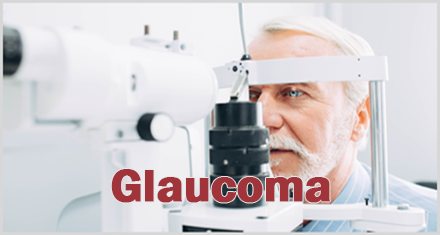Created by HealthCare Practitioners for the
Patients they Treat
Patients they Treat
What Causes Diabetic Retinopathy and Who Can Get It Dr. Amit Gupta, MD, FACS, Ophthalmologist,
Diabetes is a lot of sugar in your blood, and
that is about the limit of what most people—patients—understand about diabetes. But what is the
implication of that is the real problem.
What is Advanced (Proliferative) Diabetic Retinopathy and Pars Plana Vitrectomy? Dr. Michael Kapusta, MD, FRSCS, Ophthalmologist
Diabetic patients may experience two forms of
retinopathy. One is called background, the other proliferative. Background retinopathy has changes
in the retina that include swelling of the retina, or diabetic macular edema.









